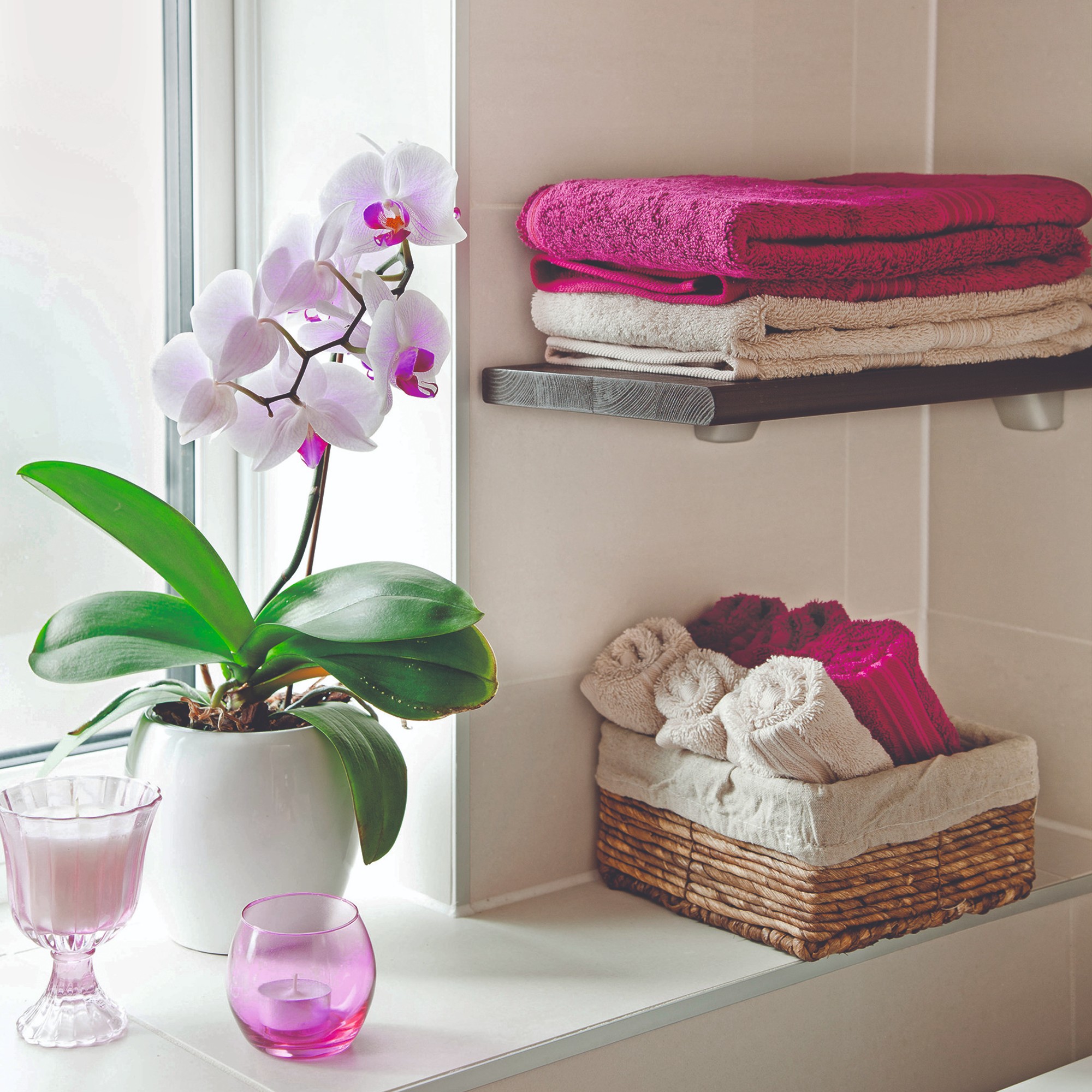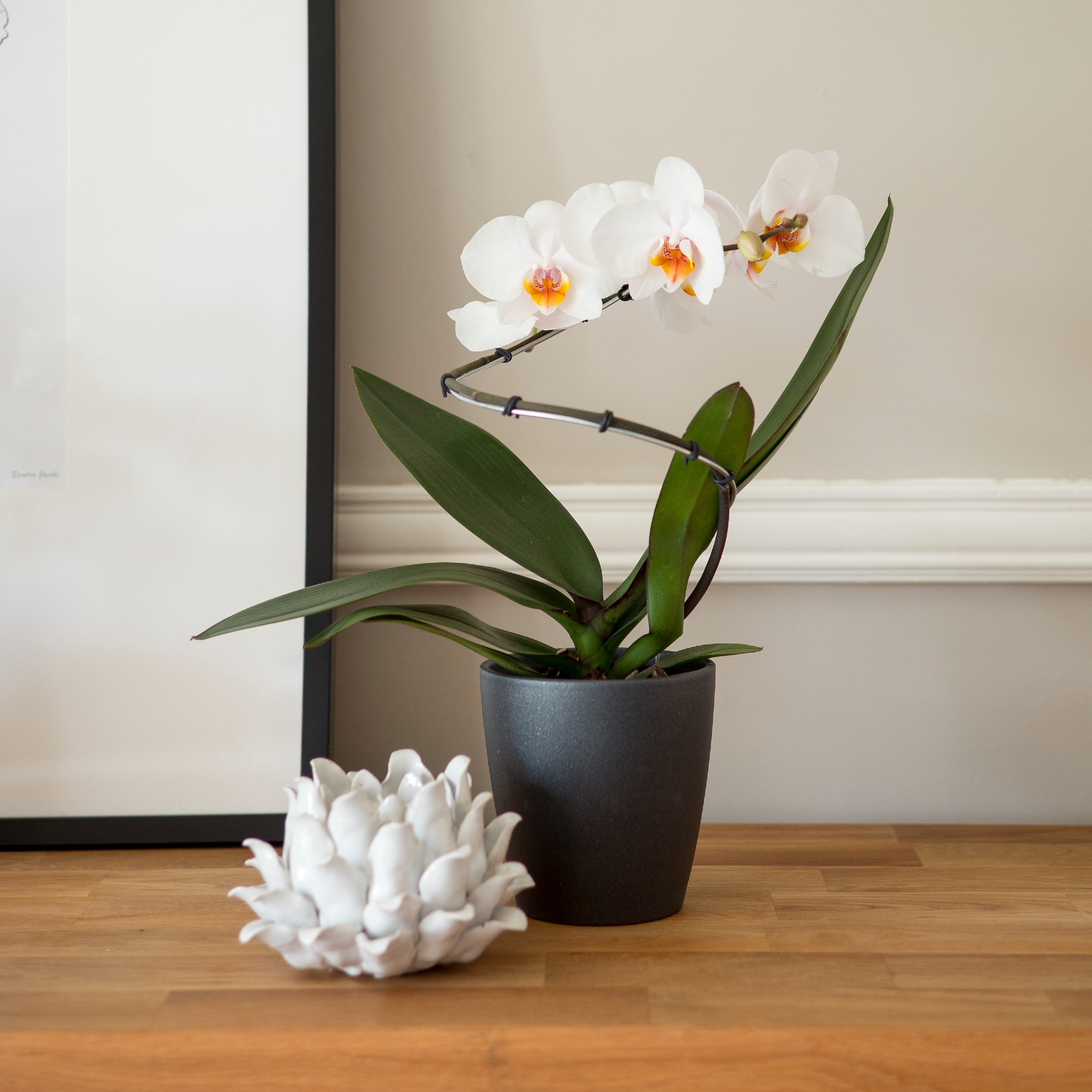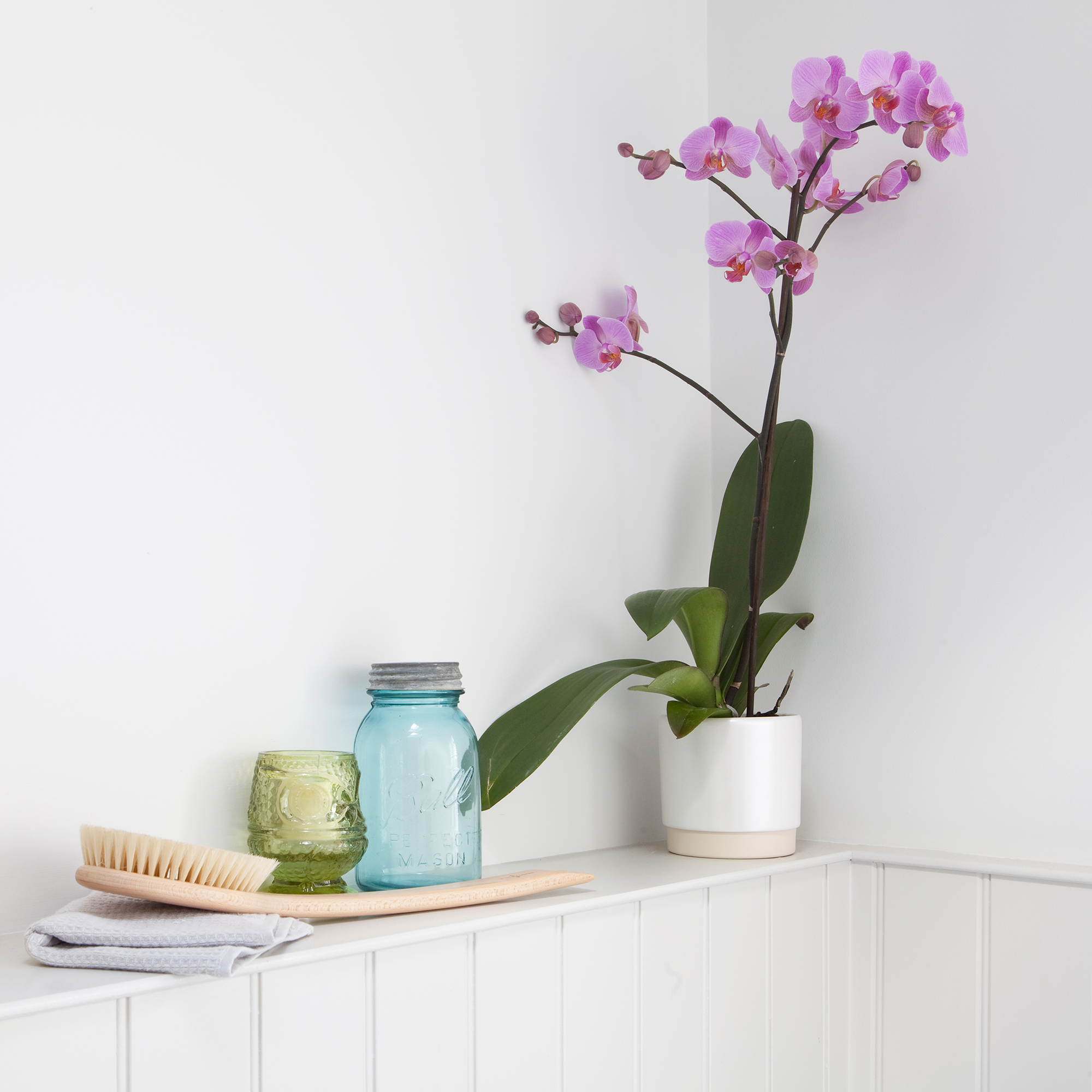
As someone who has (admittedly rather unsuccessfully) grown quite a few orchids over the years, I was certainly confused when my editor asked me how to prune orchids. After all, I’ve never pruned an orchid in my life - and didn’t even know you were supposed to.
To figure out whether you should or shouldn’t prune orchids, I decided to reach out to gardening experts for their professional opinion. And it turns out that pruning this indoor plant is a step that many people like me miss out on when caring for an orchid. And when done correctly - and to the right varieties - it has the potential to increase flowering, boost growth, and improve the plant’s overall health.
But should you be pruning your orchids? Or are yours best left alone? This is everything you need to know about pruning orchids and determining whether yours will make the cut.

What you’ll need
These secateurs have been specifically designed with orchids in mind and have precision pointed tips to ensure you're cutting exactly where you need to.
Knowing how to prune orchids is all well and good, but you also need to avoid any damage or disease spread in the process. So, always clean your tools.
Just one of these drip feeders will keep your orchid fit and healthy after pruning for up to 30 days. So, this 10-pack should last you well into next year.
Step-by-step
1. Determine whether you need to prune or not
While some orchids do require pruning, not all orchids need to be pruned. So, before you whip out your secateurs its important to understand which category your orchid falls under.
The most popular orchid variety commonly sold in supermarkets and garden centres is the Phalaenopsis, or moth orchid. They typically have white, pink, or purple flowers and often produce multiple flushes of blooms a year. And if you have one of these, you should be pruning your orchid.
If you have a Dendrobium orchid, however, you don’t necessarily need to prune it all. These orchids are distinguishable by their cane-like stems (almost like bamboo), and they typically have a higher number of flowers growing all the way up and down the stems.
Morris Hankinson, Director of Hopes Grove Nurseries, says, ‘These have a slightly different way of growing. They grow from a rhizome with horizontal stems which leaf and flower. After the flowers have finished, this stem will not flower again, but more new growth will grow from the base.'
He adds, ‘Don’t cut back the old stem as it stores nutrients and water for the new growth. Only cut back old stems when new growth is strong and flowering. Aim to have at least three stems at a time.’
However, you don’t have to prune it if you don’t want the hassle. Simply pulling off the spent blooms (if they don’t fall off by themselves) should be enough.

2. Choose the right time
If you've determined that you do indeed need to prune your orchid, you can then get started. But as orchids can live for a lot longer than you’d think, it's essential that you do this right.
This will ensure your plant stays in optimal health and will set it up for success. However, you need to time your pruning exploits perfectly, as pruning orchids at the wrong time can have the opposite effect.
Ideally, you should prune your orchids immediately after flowering. It will be easy to spot when the time is right as the flowers will either turn brown or fall off the plant completely.
3. Tidy up the orchid
Before you start cutting the stems, however, you should take a moment to tidy up the orchid and remove anything that could be using too much unnecessary energy or damaging the plant.
Graham Smith MClhort, a gardening expert from LBS Horticulture, advises, ‘Using sterilised shears or secateurs, trim away dead leaves, tissue or roots by cutting diagonally. Be careful when doing this, as if you accidentally cut a healthy leaf, it can kill the rest of that leaf.’
4. Trim the stems
When you’ve done that, you can then turn your attention to the stems of your orchid. But once again it’s best to take a breath, as your next move will be determined by the age and condition of your orchid.
Graham explains, ‘If the stem is healthy and this is the first time it is being pruned, trim the stem just above the stem notch/node where the first flower bloomed, as this will allow a new shoot to emerge.’
‘If the stem is unhealthy or the orchid has been pruned before already, you should aim to cut around an inch above the base of the stem. This will enable the orchid to focus its energy on the production of new leaves and roots,’ he adds.
During this stage, you may also find that you need to repot your orchid. Most experts recommend that you do this every two years, so it may be that you need to buy a bigger pot and give your plant some more space to breathe.

5. Continue to fertilise
Pruning can be a stressful experience for plants, so you should continue to feed your orchid with a flowering fertiliser a few weeks after pruning - especially if you choose to repot it, too.
This will give it an energy boost that will allow the plant to put its energy into root growth and future flowering and allow it to survive the stressful ordeal.
Of course, you can easily buy orchid feed - but you could also try out the orchid potato fertiliser hack if you're intrigued.
FAQs
Do orchids rebloom on old stems?
If you have a Phalaenopsis orchid, you’ll be happy to know that it will indeed rebloom on old stems. And while they may still bloom without pruning, it’s always best to prune these old stems to stimulate new growth.
You don’t need to go too hard on the pruning of your orchid but aim to cut off a small amount to redirect the plant’s attention to root strength and future blooms.
The same can’t be said for Dendrobium orchids, though. These orchids don’t rebloom on old stems, so there’s no real need to prune them. However, you can if you want.
How do you prune a dendrobium orchid?
You shouldn’t need to prune a dendrobium orchid, and doing so can actually hinder the growth and blooming of this plant. Instead, you should just focus on removing any spent or dead flowers, leaves, or canes when you spot them.
In some cases, these dead or diseased pieces may fall off of their own accord. But it may be that you need to take clean secateurs to snip them off before they start to affect the rest of the plant.
So, will you be pruning your orchid?







